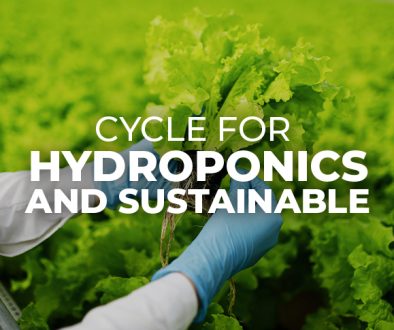Indoor Hydroponics: Growing Your Own Garden
Ever wondered how you could grow fresh, organic produce right in your own home, no matter the season or climate? The answer might surprise you: indoor hydroponics.
What is Hydroponics?
Hydroponics is a method of growing plants without soil. Instead, plants are cultivated in nutrient-rich water solutions. This technique allows for efficient use of space and resources, resulting in healthier and faster-growing plants.

Why Indoor Hydroponics?
- Year-round growing: Enjoy fresh herbs, vegetables, and even fruits regardless of the weather outside.
- Space-saving: Vertical gardening systems allow you to maximize your space and grow a variety of plants in a small area.
- Reduced water usage: Hydroponics uses significantly less water compared to traditional soil-based gardening.
- Pest and disease control: Indoor hydroponic systems can be more easily controlled, reducing the risk of pests and diseases.
- Higher yields: Hydroponics can produce higher yields in a shorter amount of time.
What Do You Need to Start?
- A growing system: Choose a system that fits your space and needs, from simple DIY setups to advanced automated systems.
- A growing medium: While hydroponics doesn’t require soil, you’ll need a medium for your plants’ roots, such as rockwool, coco coir, or expanded clay pebbles.
- Nutrients: A balanced nutrient solution is essential for healthy plant growth.
- Lights: Indoor plants need artificial light to grow. LED grow lights are a popular choice for their energy efficiency and full-spectrum light output.
- Seeds or seedlings: Start with seeds or young seedlings of your favorite plants.
- A water source and reservoir: A clean water source and a reservoir to hold the nutrient solution are necessary.

Getting Started
- Choose your plants: Start with easy-to-grow plants like lettuce, herbs, or strawberries.
- Set up your system: Assemble your chosen hydroponic system and prepare the nutrient solution.
- Plant your seedlings: Carefully place your seedlings in the growing medium.
- Monitor and adjust: Regularly check your plants and adjust the nutrient solution and lighting as needed.
Tips for Success
- Start small: Begin with a small system to get the hang of hydroponics before scaling up.
- Research your plants: Each plant has specific nutrient requirements and lighting needs.
- Maintain a consistent environment: Control factors like temperature, humidity, and pH levels for optimal growth.
Ready to grow your own food? Indoor hydroponics is a rewarding and sustainable way to cultivate fresh produce. With a little planning and the right equipment, you can enjoy the benefits of homegrown food year-round.



